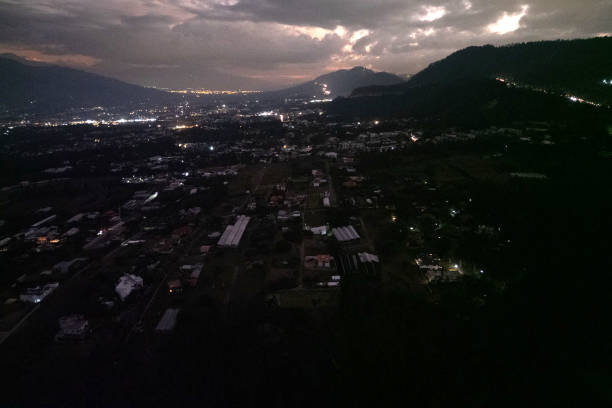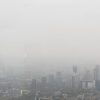In the aftermath of a severe tornado outbreak that injured at least 11 people and wreaked havoc across Oklahoma, residents are bracing for further destructive weather conditions.
The National Weather Service (NWS) reported that six or more tornadoes struck the state overnight into Sunday, with additional threats of strong tornadoes, large hail, and severe thunderstorms expected to persist throughout the day and into the evening.
Meteorologists are warning of damaging winds reaching between 70 and 80 mph, which could exacerbate the already precarious situation for many Oklahomans.
As of Monday morning, power outages remained widespread, leaving over 11,800 customers without electricity due to the severe weather.
Oklahoma Governor Kevin Stitt took to social media platform X, informing residents that power restoration efforts were underway while cautioning them about “potentially life-threatening conditions” still affecting the area.

He urged the public to “stay weather aware” as forecasters predict ongoing threats.
Scott Douglas, spokesperson for the Oklahoma City Fire Department, highlighted the challenges faced by first responders during the initial search and rescue efforts, compounded by heavy rainfall and the looming risk of further tornadoes.
“It was a heavy downpour. We were trying to sweep the area with another possibility of a tornado coming through,” Douglas stated, emphasizing the difficulties posed by the inclement weather.
In light of the severe conditions, many schools and colleges across the state canceled classes on Monday, with some institutions suffering significant damage.
Notably, footage from Newcastle Elementary School depicted winds ripping the roof off the building, while the Oklahoma Heart Hospital South in Oklahoma City also reported damage.
Experts attribute the frequency of such severe storm systems to unseasonably warm temperatures linked to climate change driven by fossil fuel consumption.
According to the Center for Disaster Philanthropy, there have been 1,515 confirmed tornadoes in the U.S. this year, although many of these preliminary ratings are pending final assessments by the National Centers for Environmental Information (NCEI).
As the situation evolves, the NWS has issued safety guidelines for those in the path of the storms, recommending residents stay away from doors, windows, and outside walls, and to don helmets, long sleeves, pants, and sturdy shoes when possible.
Communities remain vigilant as they navigate these unpredictable and hazardous conditions.

